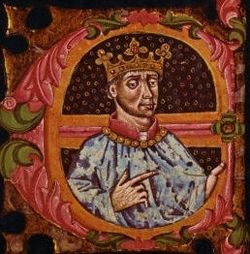September 19: King Enrique IV of Castile signs the Treaty of the Bulls of Guisando with his younger half-sister, designating her as the heiress to the throne.
| Years |
|---|
| Millennium |
| 2nd millennium |
| Centuries |
| Decades |
| Years |
| 1468 by topic |
|---|
| Arts and science |
| Leaders |
| Birth and death categories |
| Births – Deaths |
| Establishments and disestablishments categories |
| Establishments – Disestablishments |
| Art and literature |
| 1468 in poetry |
Year 1468 ( MCDLXVIII ) was a leap year starting on Friday of the Julian calendar.


